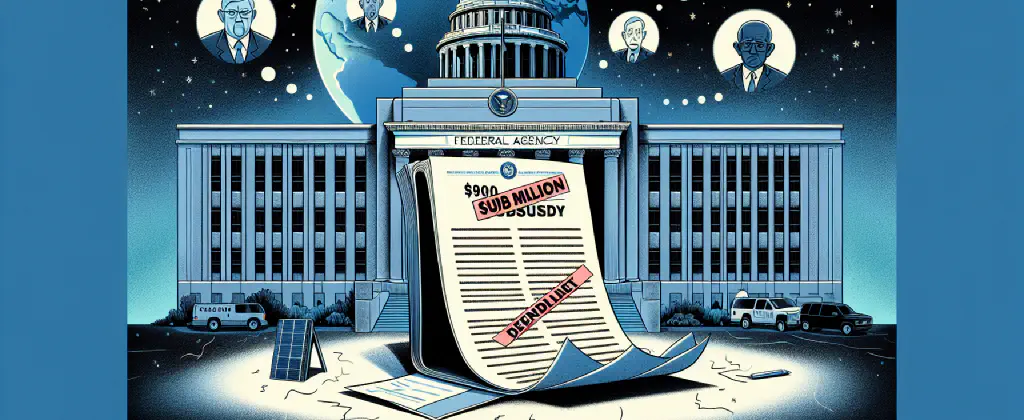13. December 2023
US Agency Denies $900M Subsidy for Starlink

In a recent announcement, the US Federal Communications Commission (FCC) has decided not to reinstate a $900 million subsidy for Starlink, the satellite internet service provided by SpaceX. The subsidy, part of the Rural Digital Opportunity Fund (RDOF) program, was initially awarded to Starlink but later revoked due to concerns about the company’s ability to meet the required service speeds by 2025. This decision has elicited various reactions and discussions from industry experts and users alike.
Starlink’s Ambitious Speed Targets
When bidding for the RDOF program, participants were permitted to bid at four different performance tiers, with Starlink choosing the 100/20 Mbps tier for its service. This meant that Starlink had to provide speeds of at least 100/20 Mbps in order to meet its obligations. However, concerns arose when Starlink failed to reach its promised speeds and encountered technical challenges in meeting the requirements set by the FCC.
According to reports, Starlink claimed it would deliver speeds of 150 Mbps in 2020, with an anticipated doubling of speeds to 300 Mbps by the end of 2021. However, the reality has been quite different, as users have reported experiencing halved speeds, leading to disappointment and frustration among customers.
Overpromising and Underdelivering
Critics argue that Starlink, and its founder Elon Musk, have a history of overpromising and underdelivering. This phenomenon is not exclusive to Starlink, as Tesla, another company led by Musk, has faced similar criticisms regarding its Full Self-Driving (FSD) capabilities. Musk has repeatedly made bold claims about the progress and timelines for FSD, which have not materialized as promised. This pattern of overpromising has left many skeptical about Starlink’s ability to deliver on its ambitious goals.
The Challenging Landscape of Self-Driving Technology
While some argue that FSD is an extremely challenging endeavor from a technological standpoint, others believe that making unrealistic promises without delivering on them is problematic. The complexity of self-driving technology and the immense technical challenges it presents should not be used as an excuse for repeatedly failing to fulfill commitments made to customers. The debate surrounding the difficulties of FSD and Starlink’s ability to meet its service speed obligations continues.
The Importance of Realistic Promises and Expectations
The dissatisfaction with Musk’s overpromising and underdelivering extends beyond the realm of technology. Many argue that setting unrealistic expectations and failing to meet them can erode trust and credibility, creating a negative perception of a company’s capabilities. Customers should be cautious about placing blind faith in promises and consider the track record of a company before making decisions based on ambitious claims.
Balancing Speed, Coverage, and Market Demand
Another perspective on the Starlink subsidy denial raises questions about the market demand and viability of the service. While Starlink already boasts millions of subscribers, it is crucial to evaluate whether the company can compete with mobile broadband services and meet market demand in various density areas. Comparisons to traditional service providers like T-Mobile Home Internet highlight the need for Starlink to prove its ability to deliver consistent and reliable service in both rural and urban areas.
Moving Forward: Lessons Learned and Future Prospects
As Starlink continues to expand its network and refine its technology, it has the opportunity to learn from the challenges it has faced in meeting the RDOF program requirements. Transparency, clear communication, and realistic promises will be key for establishing trust and maintaining customer satisfaction. By focusing on delivering on its commitments and addressing technical hurdles, Starlink can position itself as a reliable and viable option for high-speed internet access, bridging the digital divide for underserved communities.
While the denial of the $900 million subsidy may present a setback for Starlink, it also serves as a reminder that meeting obligations and setting realistic expectations are vital in the highly competitive and ever-evolving telecommunications industry.